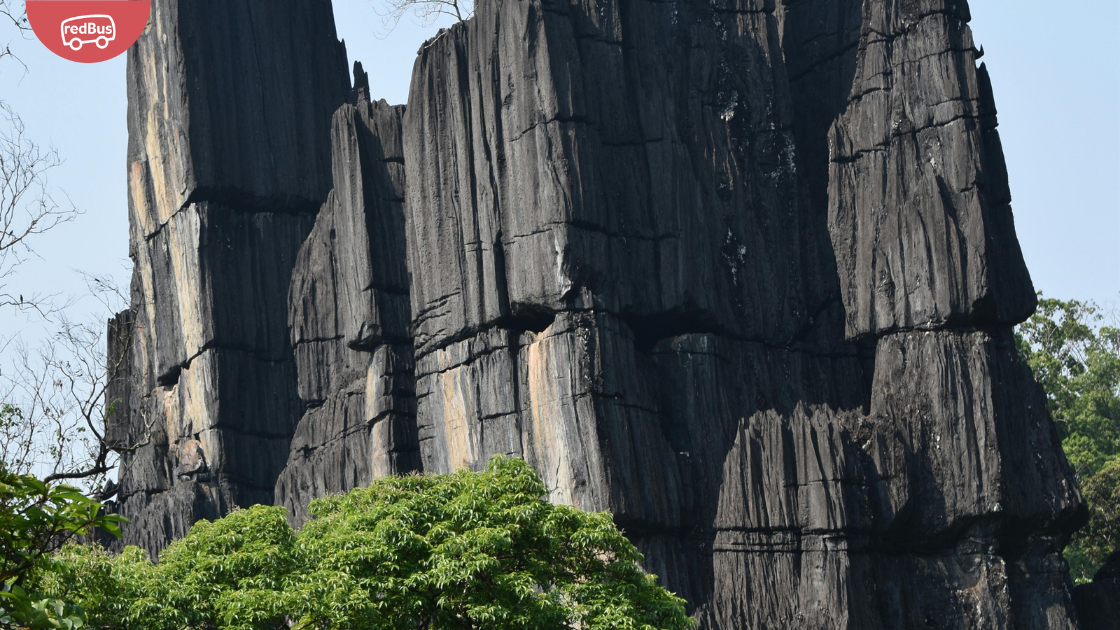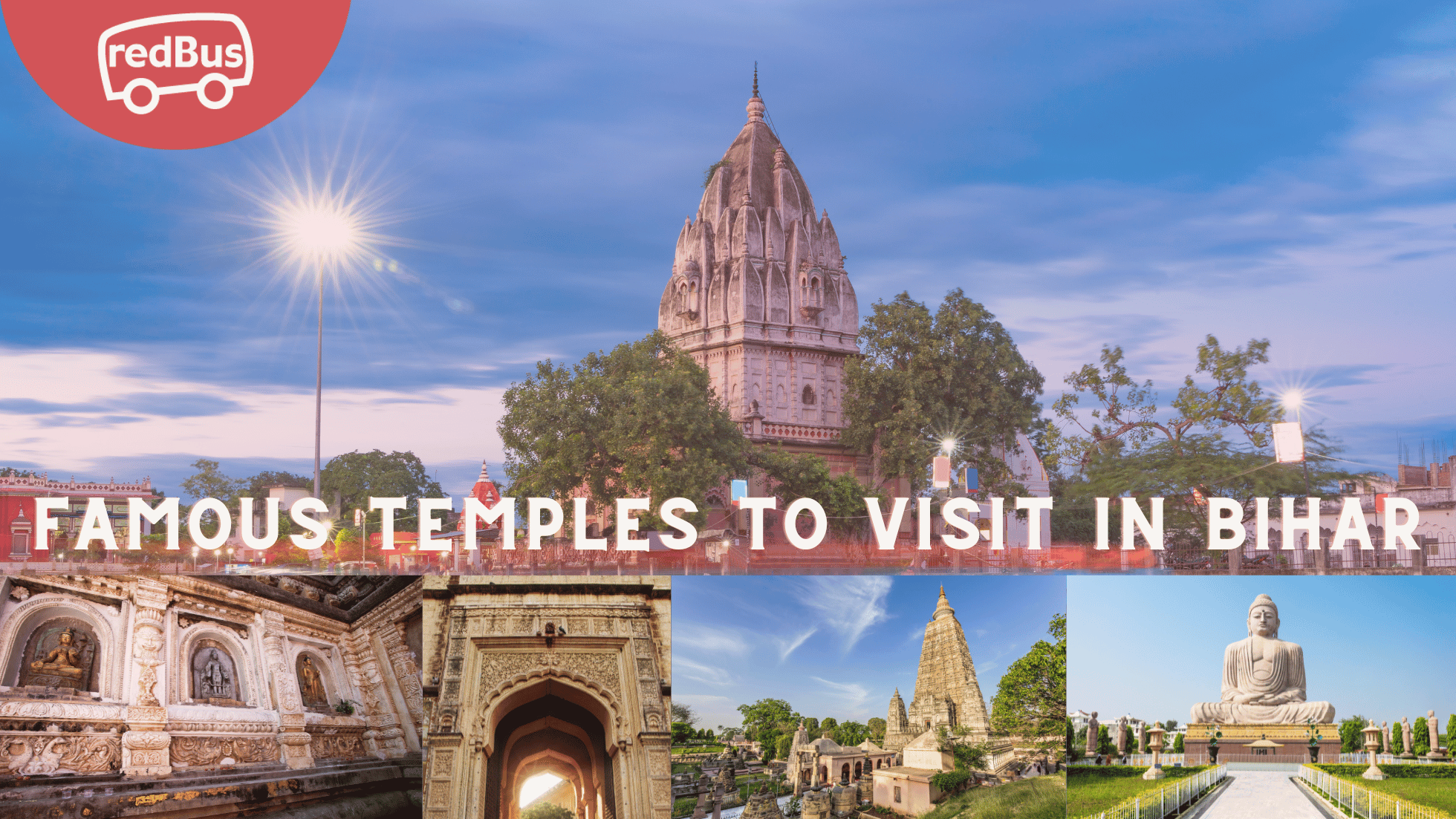Bihar, the land of ancient wisdom and rich cultural heritage, holds a plethora of treasures for spiritual seekers and history enthusiasts alike. Among its many attractions, the state is dotted with temples that echo the stories of centuries gone by and serve as sanctuaries of faith and devotion. In this blog, we embark on a journey to explore some of the most renowned temples in Bihar, each offering a unique blend of architectural marvel, religious significance, and cultural vibrancy.
Mahabodhi Temple, Bodh Gaya:
Our journey begins in Bodh Gaya, the place where Gautama Buddha attained enlightenment under the Bodhi Tree. The Mahabodhi Temple, a UNESCO World Heritage Site, stands as a testament to this profound event. Built during the Gupta dynasty in the 5th-6th century CE, the temple showcases exquisite Gupta architecture, with its soaring spire and intricate carvings. Pilgrims from around the globe flock to this sacred site to pay homage to the Buddha and experience the serenity of meditation.
Vishnupad Temple, Gaya:
Located in the holy city of Gaya, the Vishnupad Temple holds immense significance for Hindus. It is believed to enshrine Lord Vishnu’s footprints, marking the spot where he placed his foot while vanquishing the demon Gayasur. The temple’s architecture reflects a blend of ancient and medieval styles, with its towering spire and ornate sculptures. Devotees throng to this revered site to offer prayers and perform pujas for the salvation of their ancestors.
Mundeshwari Temple, Kaimur:
Venturing into the Kaimur district, we encounter the ancient Mundeshwari Temple, dedicated to the goddess Shakti. Believed to be the oldest functional temple in India, dating back to the Gupta period (4th-5th century CE), it showcases early Nagara architecture with its square sanctum and intricately carved pillars. The temple complex exudes an aura of mysticism, drawing devotees seeking blessings for prosperity and protection.
Patan Devi Temple, Patna:
In the bustling city of Patna, the Patan Devi Temple stands as a revered shrine dedicated to the goddess Durga. Legend has it that the temple enshrines the fallen body parts of the goddess Sati, making it one of the 51 Shakti Peethas. The temple’s architecture reflects a fusion of Hindu and Buddhist styles, with its domed structure and ancient sculptures. Devotees flock to this sacred site, especially during Navratri, to seek the goddess’s blessings and fulfill their wishes.
Naulakha Mandir, Rajgir:
Perched atop a hill in Rajgir, the Naulakha Mandir (Nine-Lakh Temple) is a testament to ancient Jain architecture and craftsmanship. Built-in the 18th century by Maharaja Nandakumar, the temple is adorned with intricate marble carvings and houses the idols of Lord Mahavira and other Jain deities. The panoramic views from the temple complex add to the spiritual experience, attracting both pilgrims and tourists alike.
Jalmandir, Pawapuri:
Our final stop is Pawapuri, the sacred abode of Lord Mahavira’s nirvana. Sleekly floating on the lotus-filled waters of Lake Jalmandir, the Jalmandir is a breathtaking sight to behold. This white marble temple exudes tranquility and serves as a place of meditation and introspection. Pilgrims visit Pawapuri to pay homage to Lord Mahavira and immerse themselves in the peaceful ambiance of this sacred site.
Conclusion: Bihar’s temples stand as timeless witnesses to the region’s rich cultural and spiritual heritage. Each temple we’ve explored bears testimony to the devotion and craftsmanship of ancient artisans and continues to inspire awe and reverence in the hearts of pilgrims and visitors. Whether seeking enlightenment, divine blessings, or simply a glimpse into the past, a journey through Bihar’s temples promises a transformative experience that transcends time and space.







